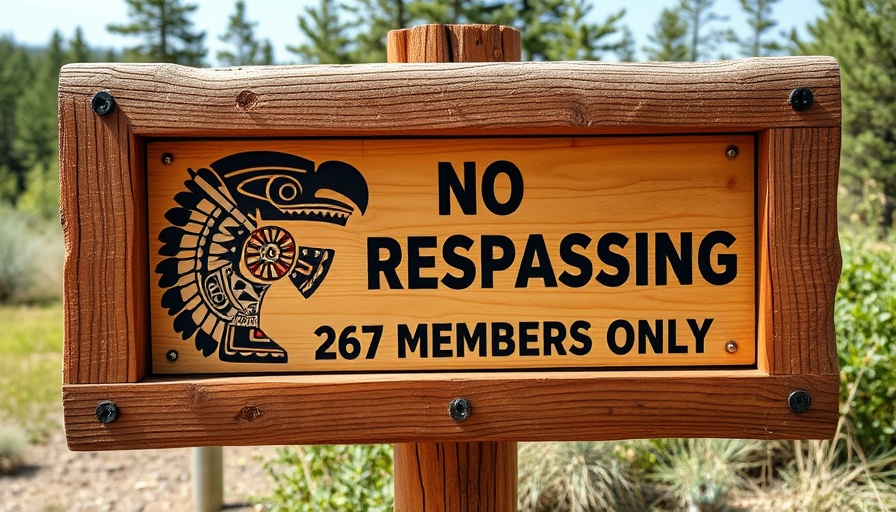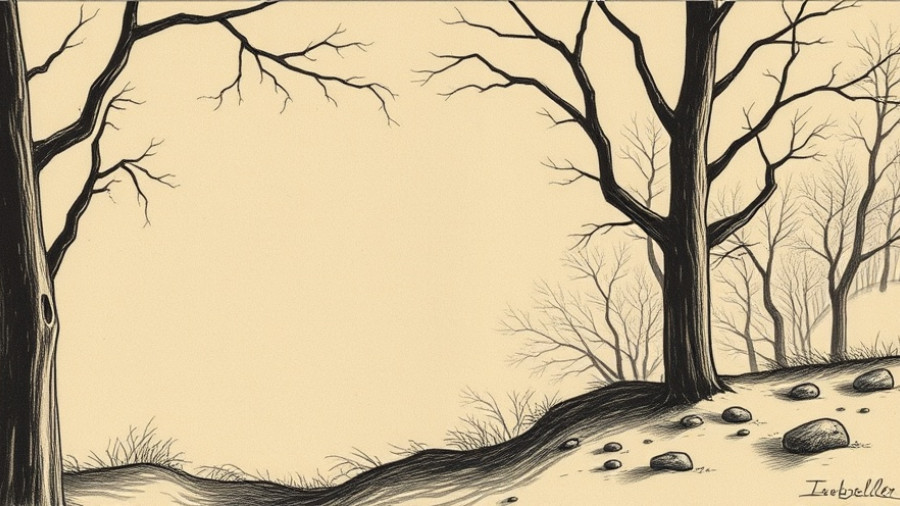
First Nation Takes Bold Step to Protect Wildlife
In a significant move, a First Nation in Canada has barred non-Native hunters from its territory due to concerns over overhunting and declining wildlife populations. This decision highlights the tension between conservation efforts and recreational hunting, raising vital questions about stewardship, sustainability, and equity in wildlife management.
Understanding Indigenous Rights and Responsibilities
The action taken by the First Nation is rooted in the historical and legal rights afforded to Indigenous peoples in Canada. These communities have long been seen as stewards of the land, holding traditional knowledge and practices that emphasize sustainable usage of wildlife. The increased participation of non-Native hunters has put significant pressure on local wildlife, prompting this protective measure.
The Challenges of Overhunting
Overhunting has significant ecological impacts, disrupting the delicate balance of local ecosystems. According to wildlife biologists, when hunting pressures exceed sustainable levels, populations can decline sharply, leading to biodiversity loss. This can cause cascading effects throughout the ecosystem. The First Nation’s action is an attempt to recalibrate this balance, ensuring that wildlife populations can recover and thrive.
Public Reaction: Support and Opposition
Reactions to the ban have been mixed. Many environmentalists and Indigenous advocates celebrate the move as a necessary step towards sustainable wildlife management. However, some non-Native hunting enthusiasts argue that the ban is an infringement on their rights and opportunities for outdoor activities. This controversy reflects a broader societal dialogue on the rights of Indigenous peoples and the complexities of conservation in a modern context.
The Bigger Picture: Conservation and Ethics
This development raises critical ethical questions about our relationship with nature and our responsibilities as stewards of the environment. As towns and cities expand into wilderness areas, the competition for resources becomes increasingly intense. Communities must grapple with how to protect their natural heritage while allowing for recreation and tourism. The First Nation’s initiative may serve as a model for other regions facing similar challenges, advocating for a more interconnected approach to conservation.
Future Predictions and Opportunities for Sustainable Engagement
Looking ahead, this ban could pave the way for innovative solutions in wildlife management. There is a growing movement towards collaborative governance models, where Indigenous knowledge is integrated with scientific data to create comprehensive conservation strategies. This union of perspectives could foster stronger ecosystems, benefits to local economies through eco-tourism, and enriched cultural appreciation.
The First Nation’s decision underscores the importance of recognizing Indigenous rights as integral to the narrative of environmental sustainability. We can all take a cue from this and empower local communities in wildlife conversations, ensuring that our exploration and escapades outdoors do not come at the expense of the very nature we cherish.
 Add Row
Add Row  Add
Add 




Write A Comment